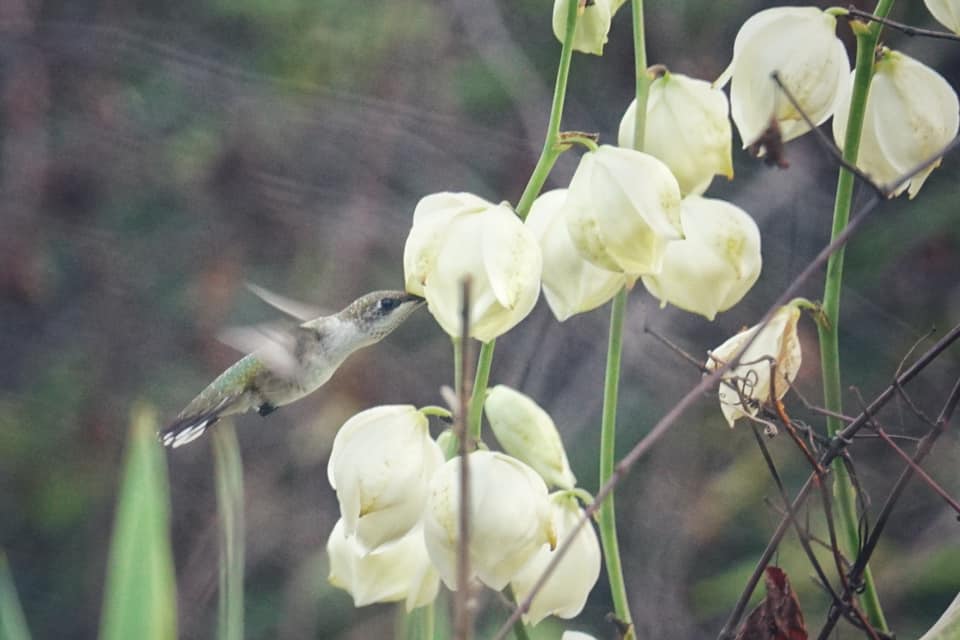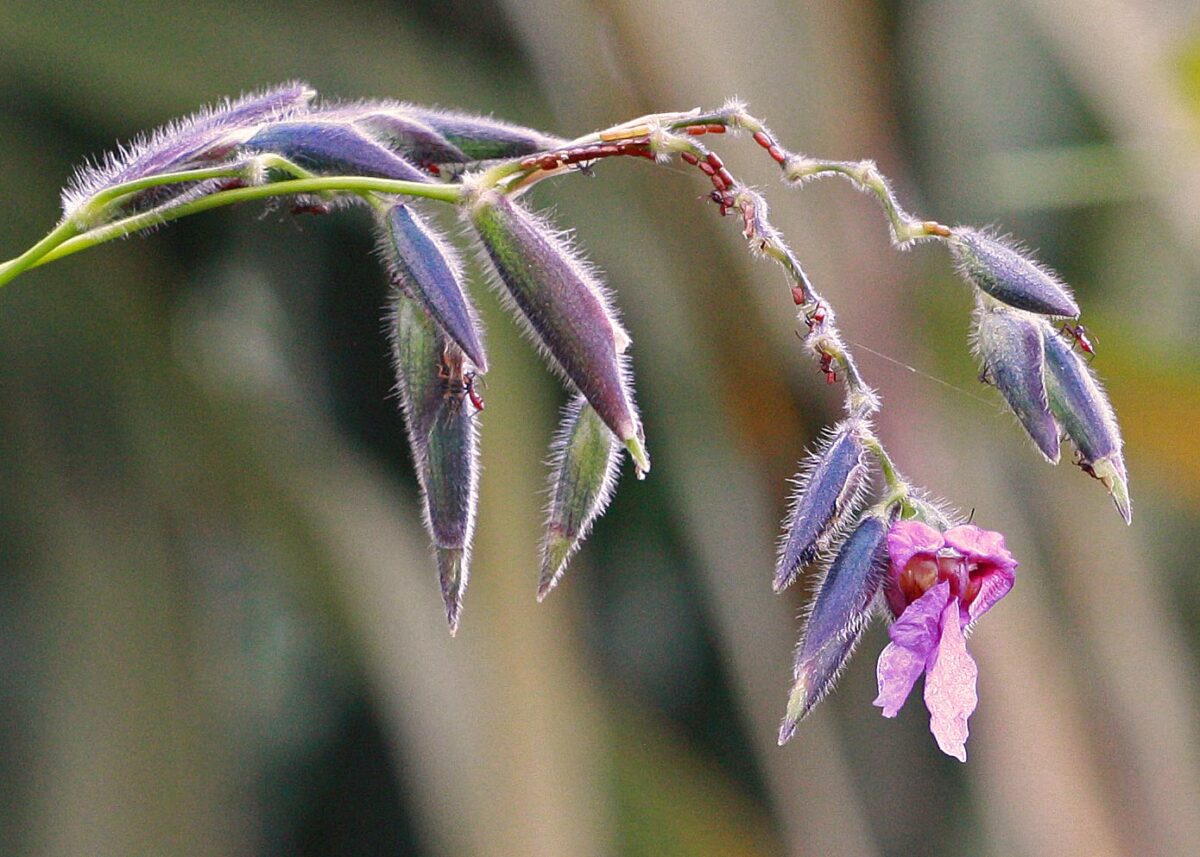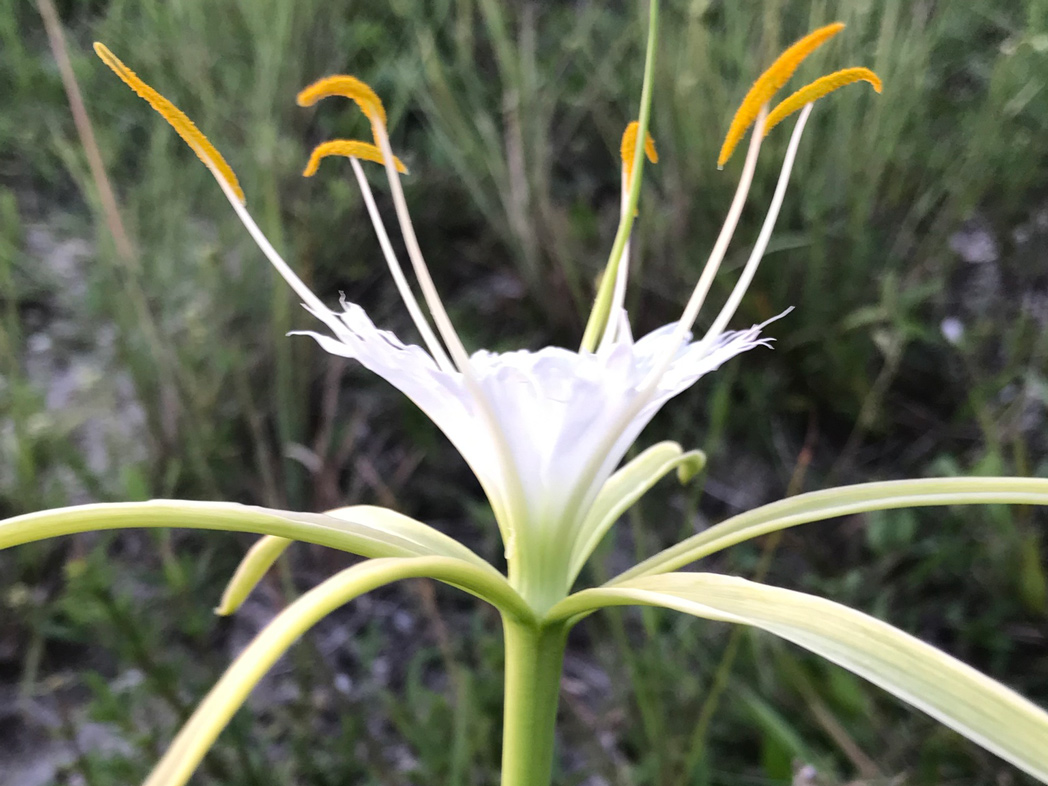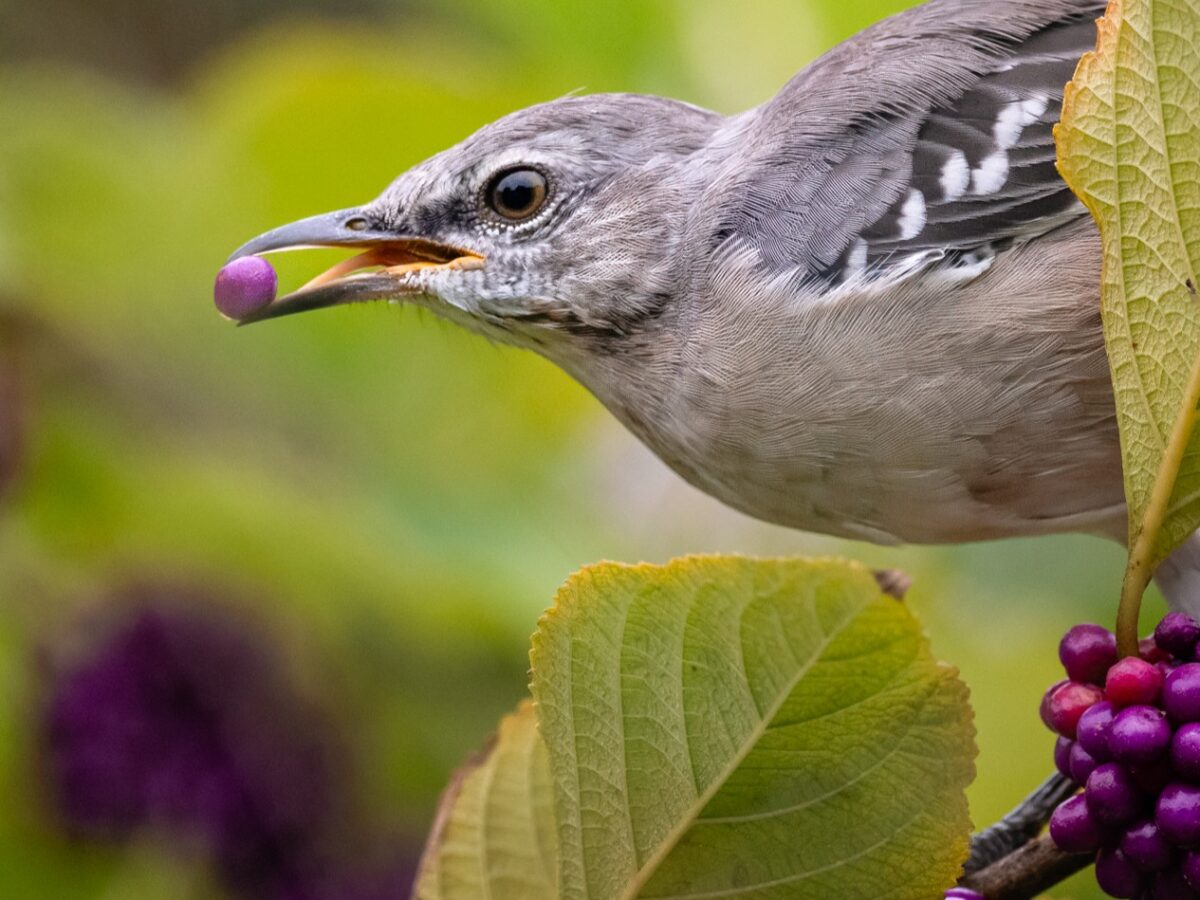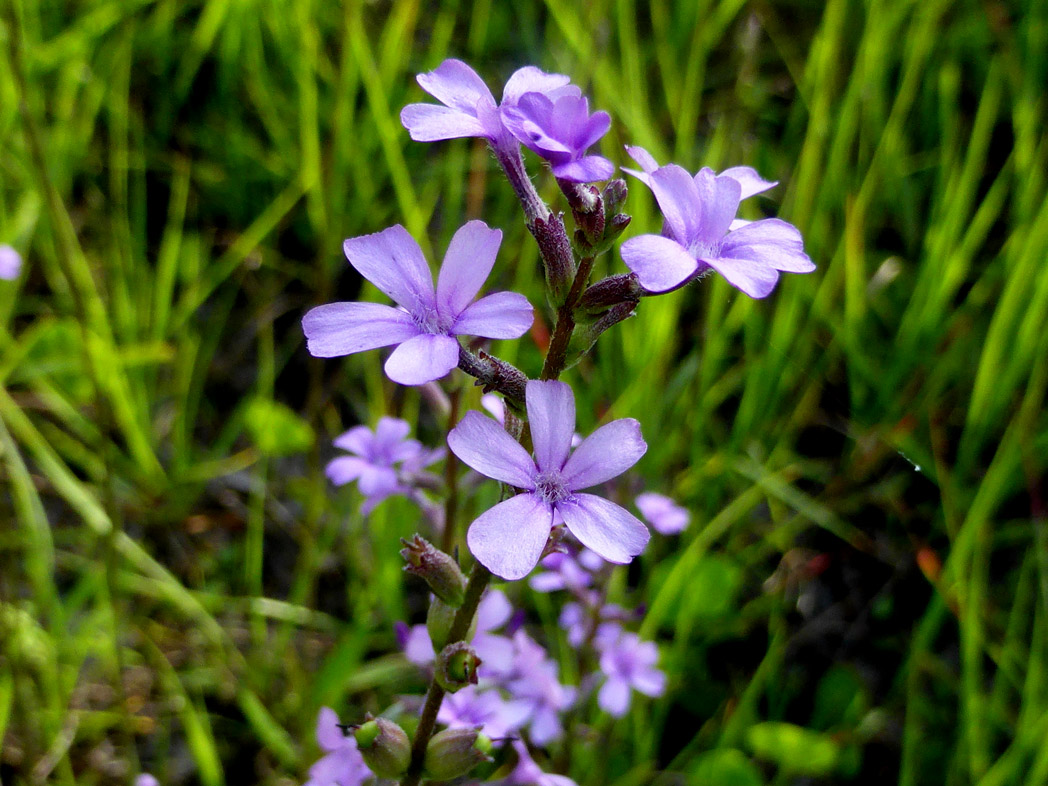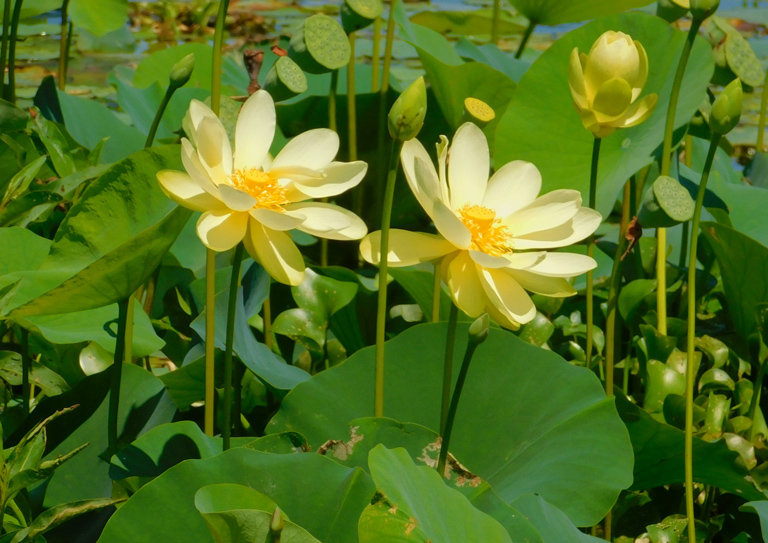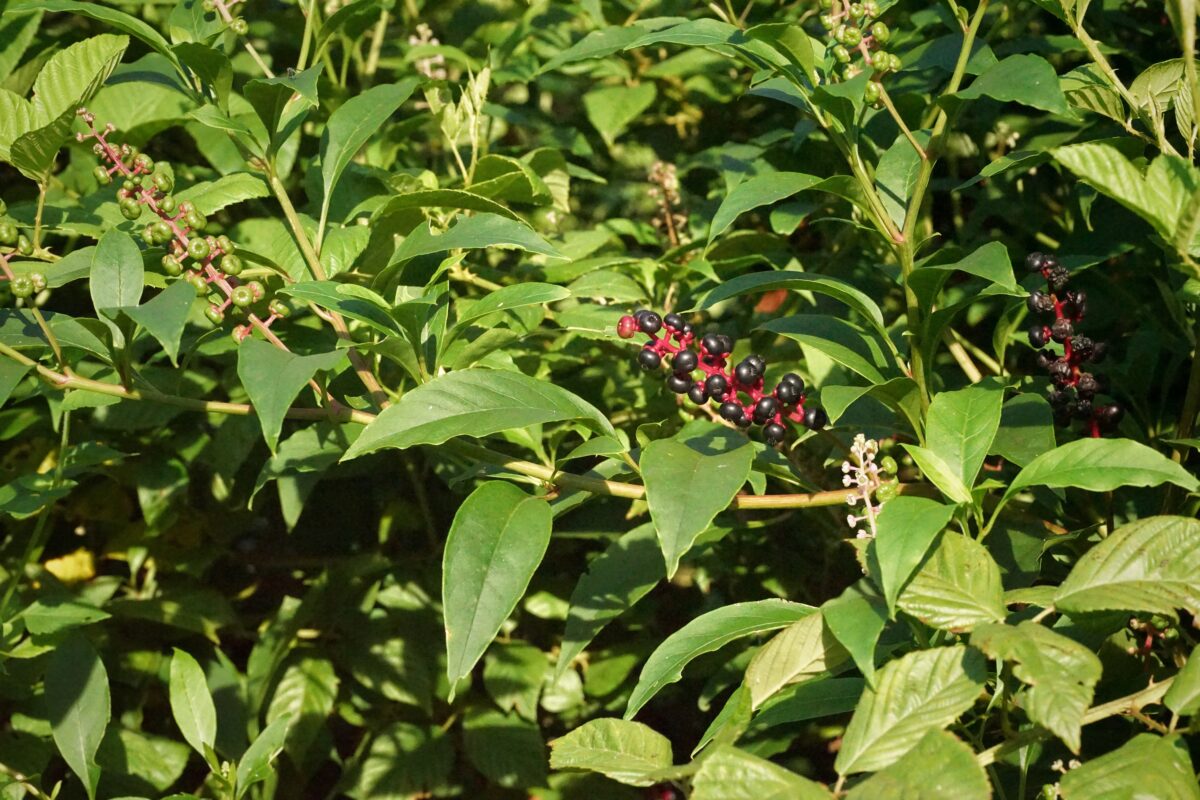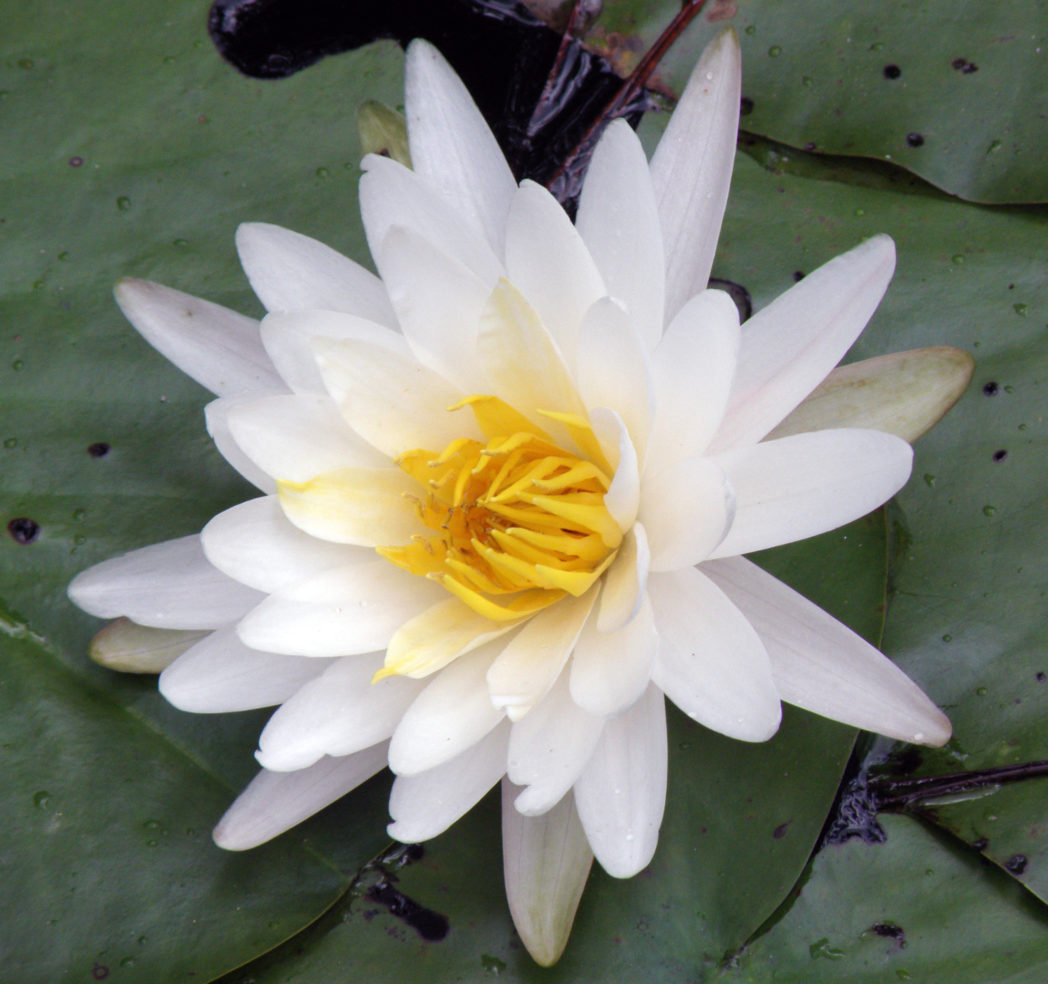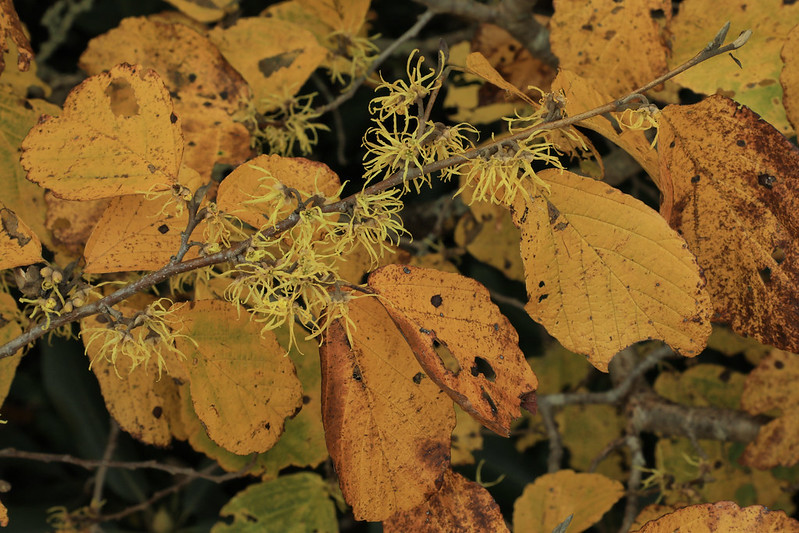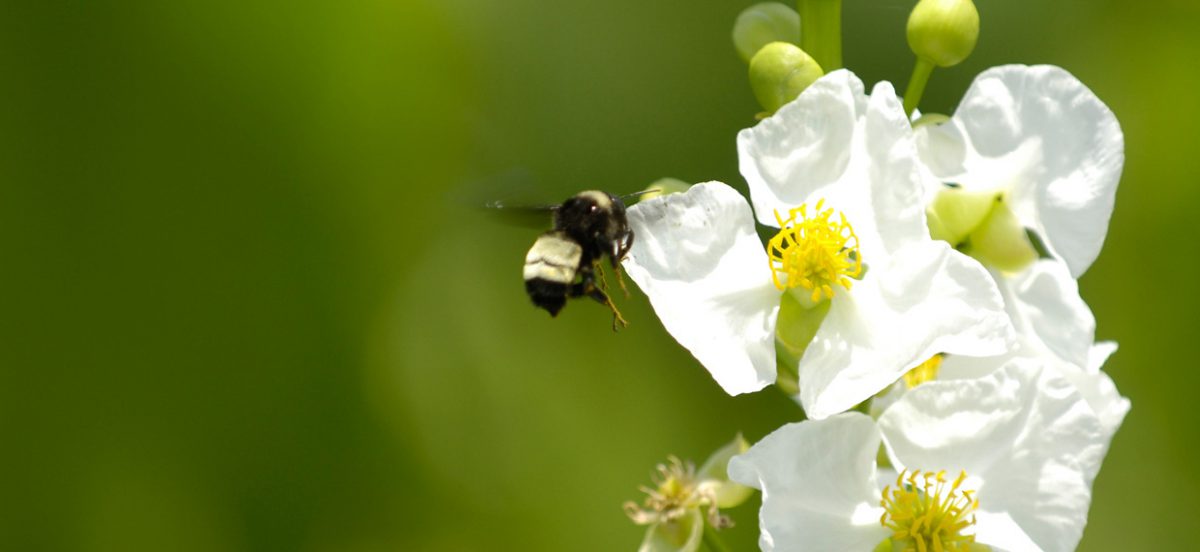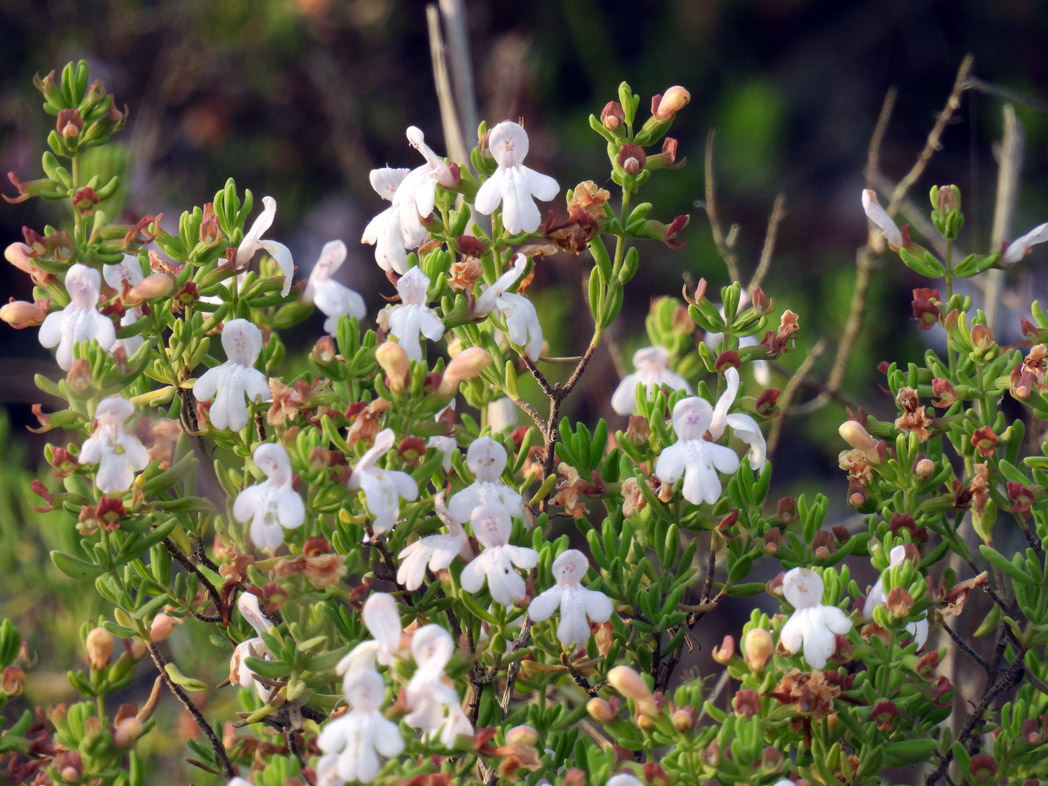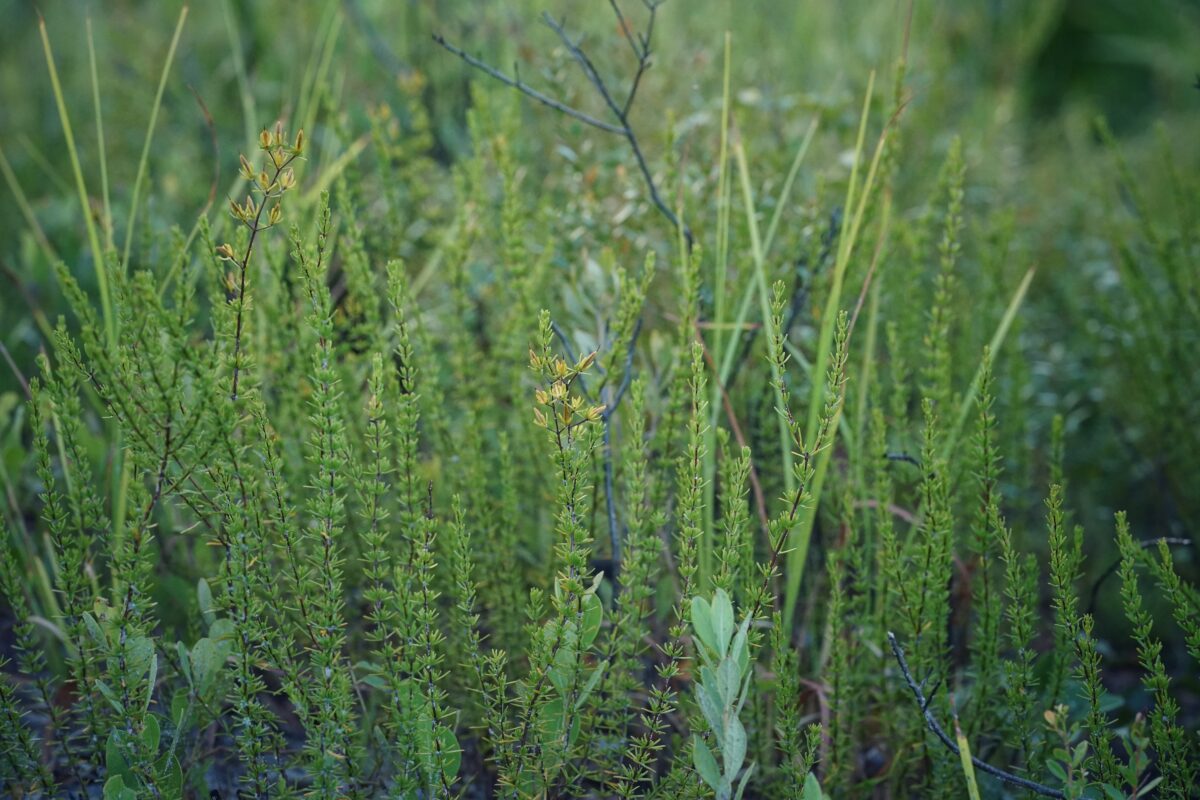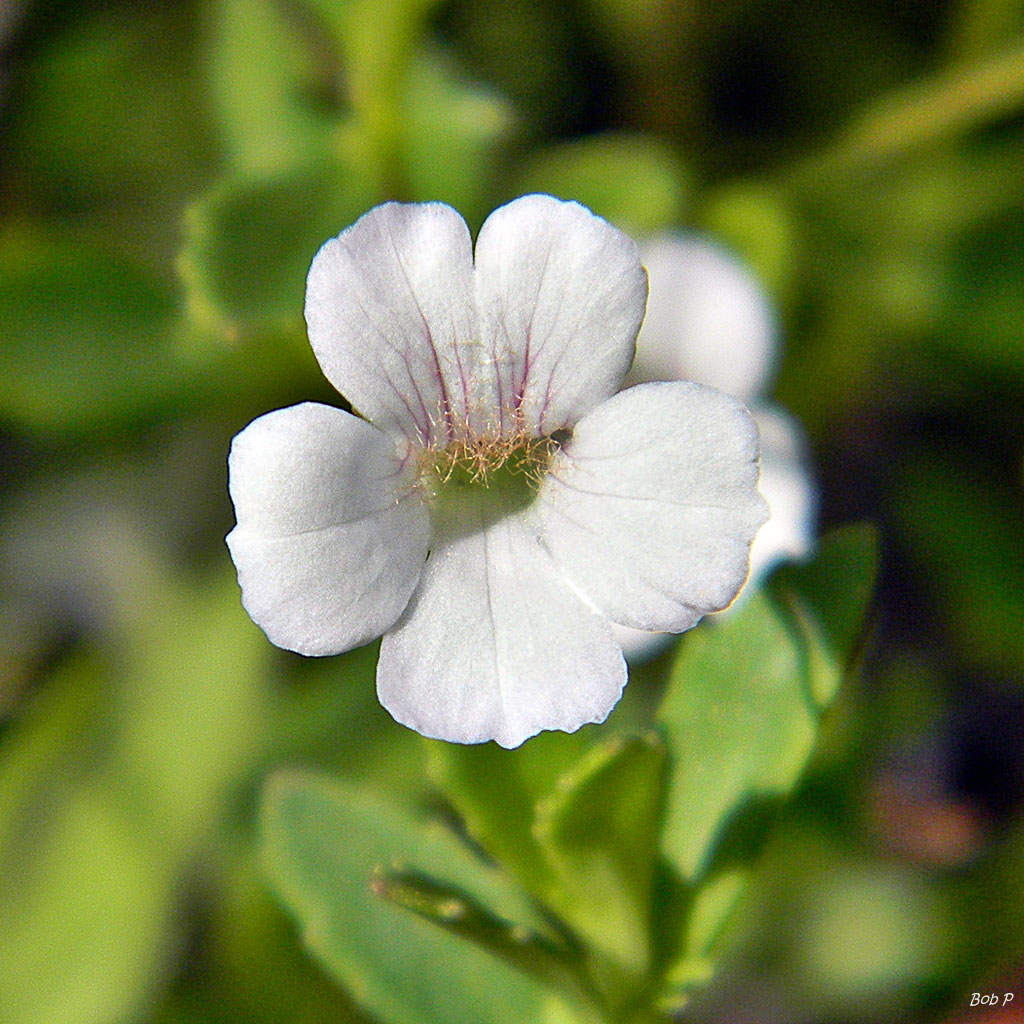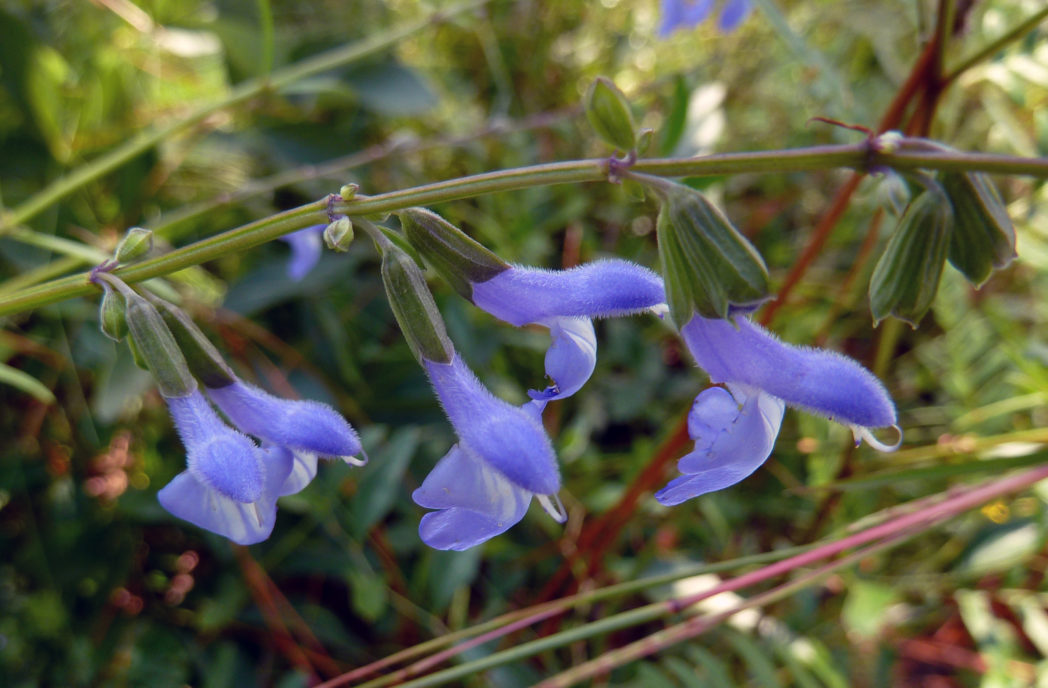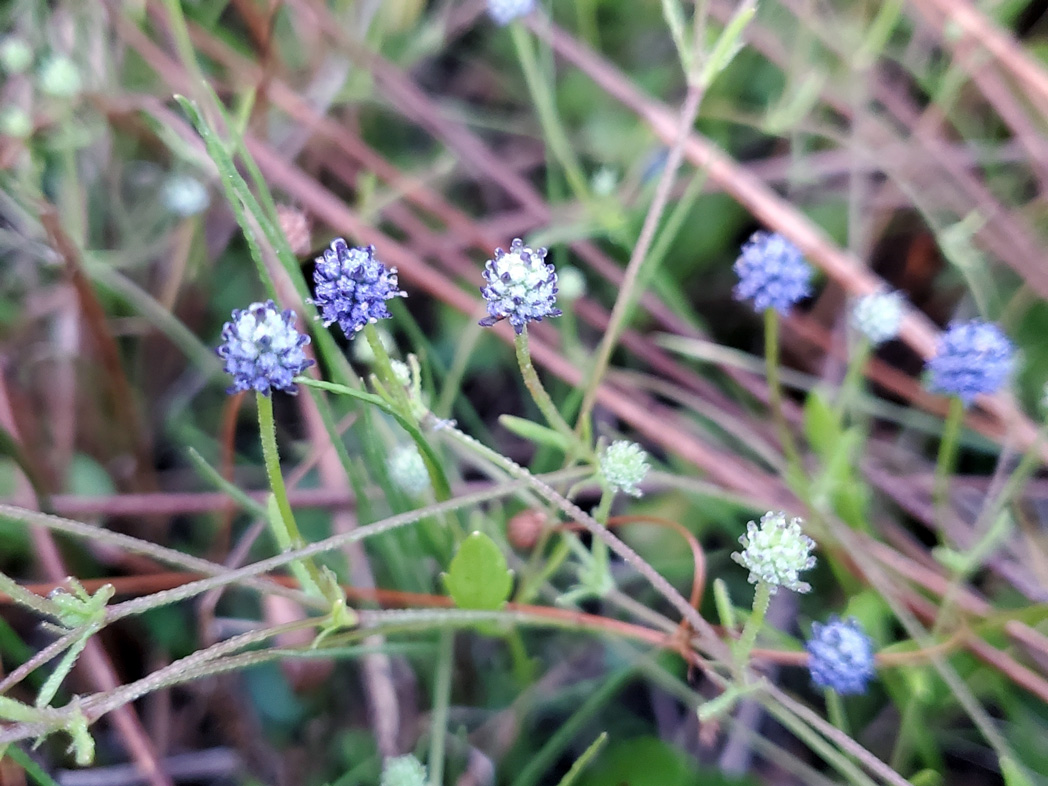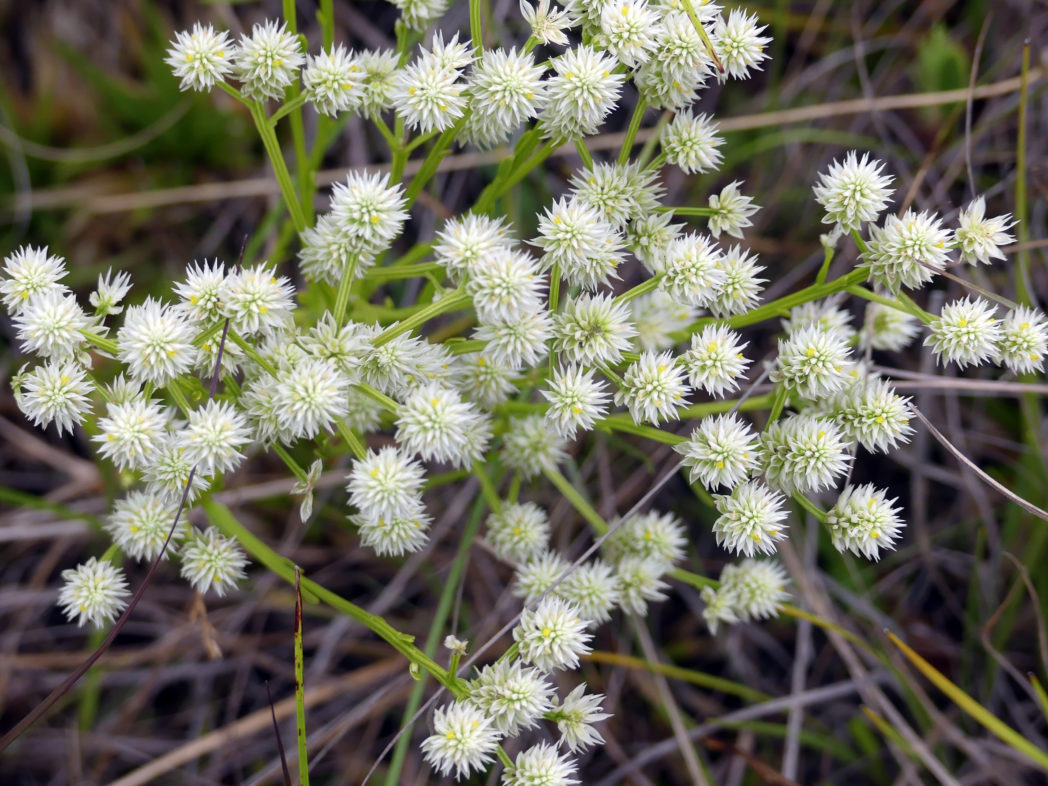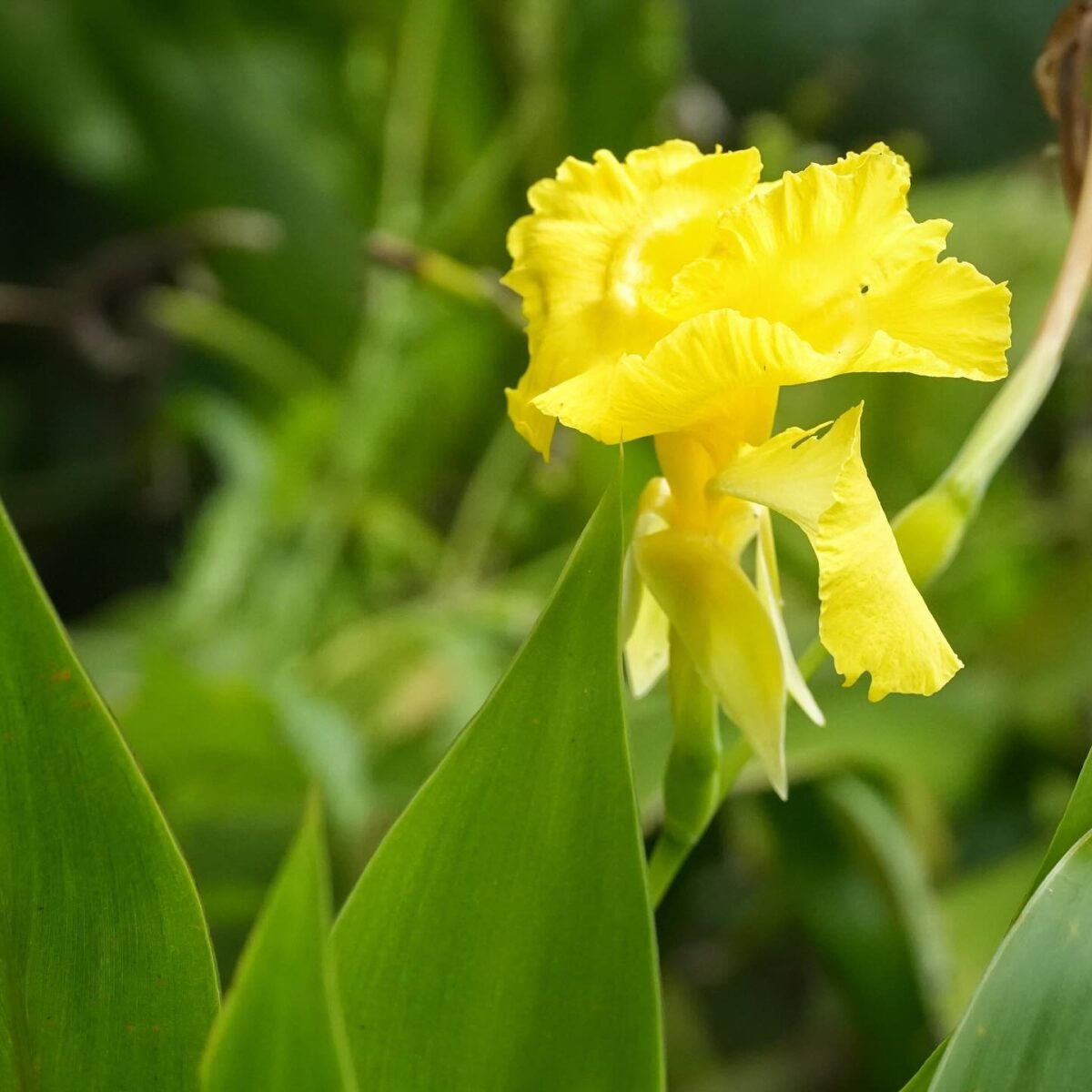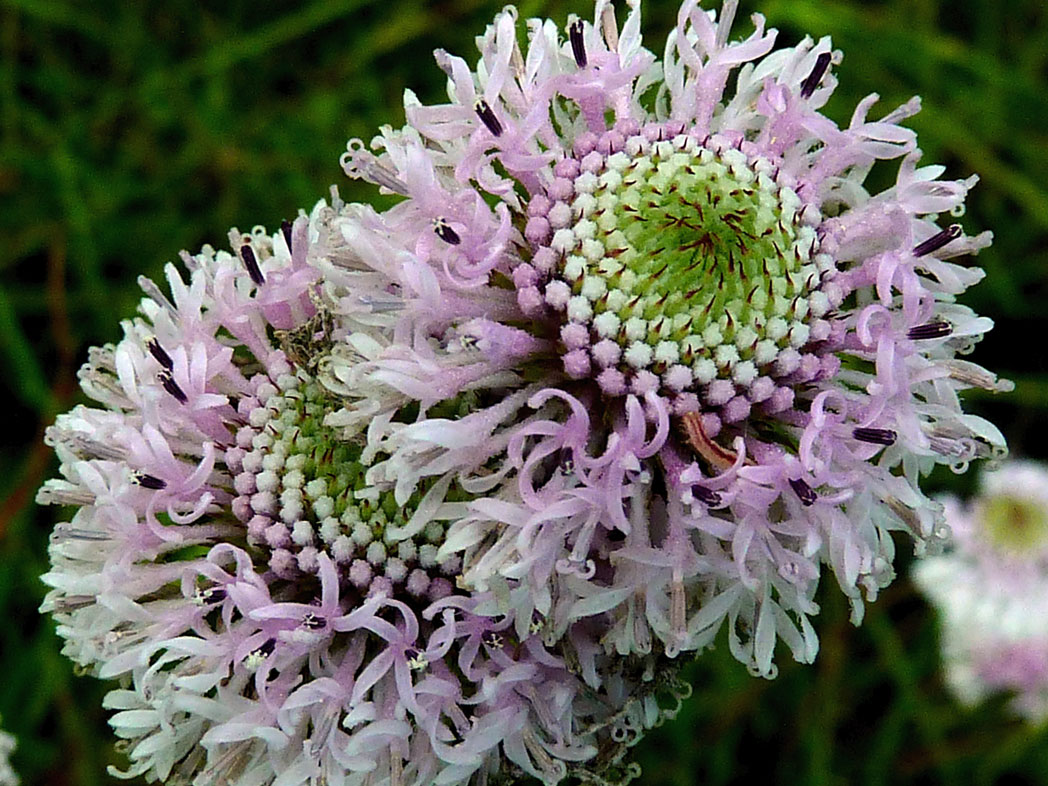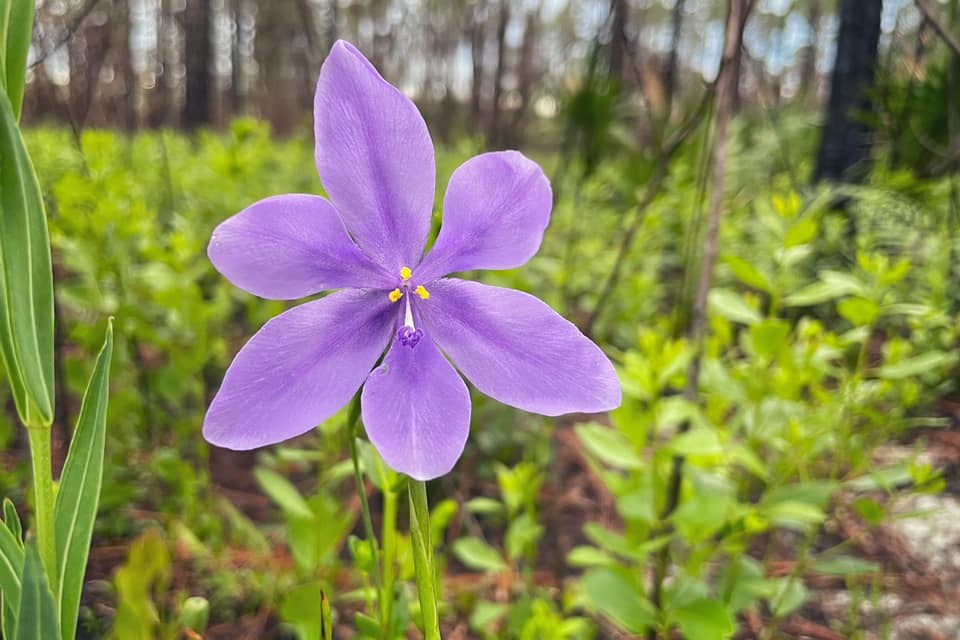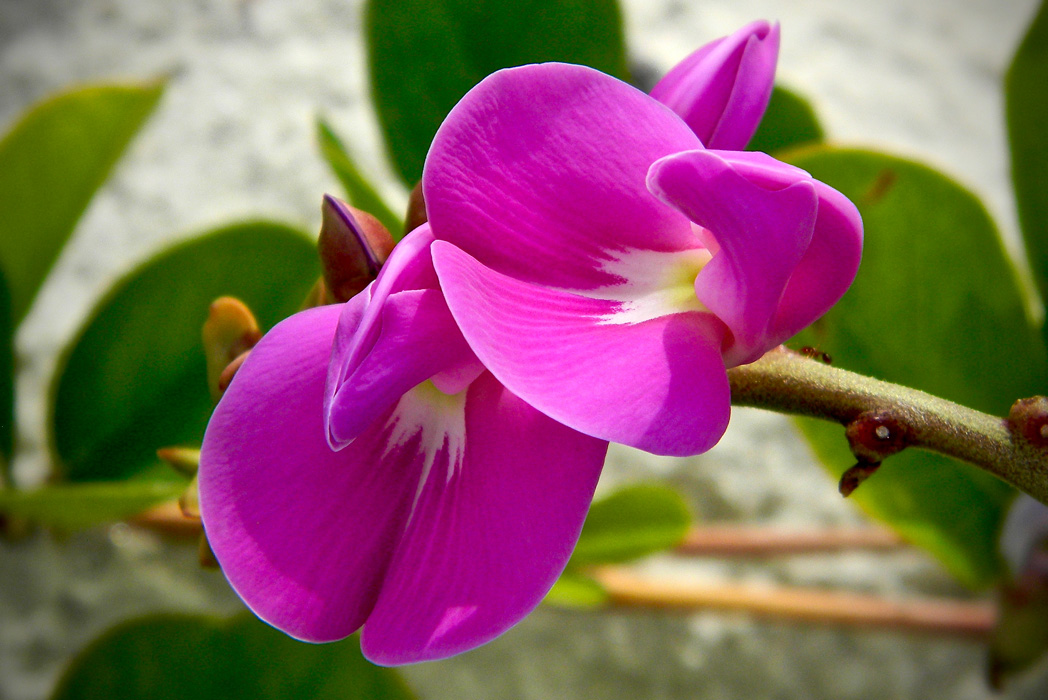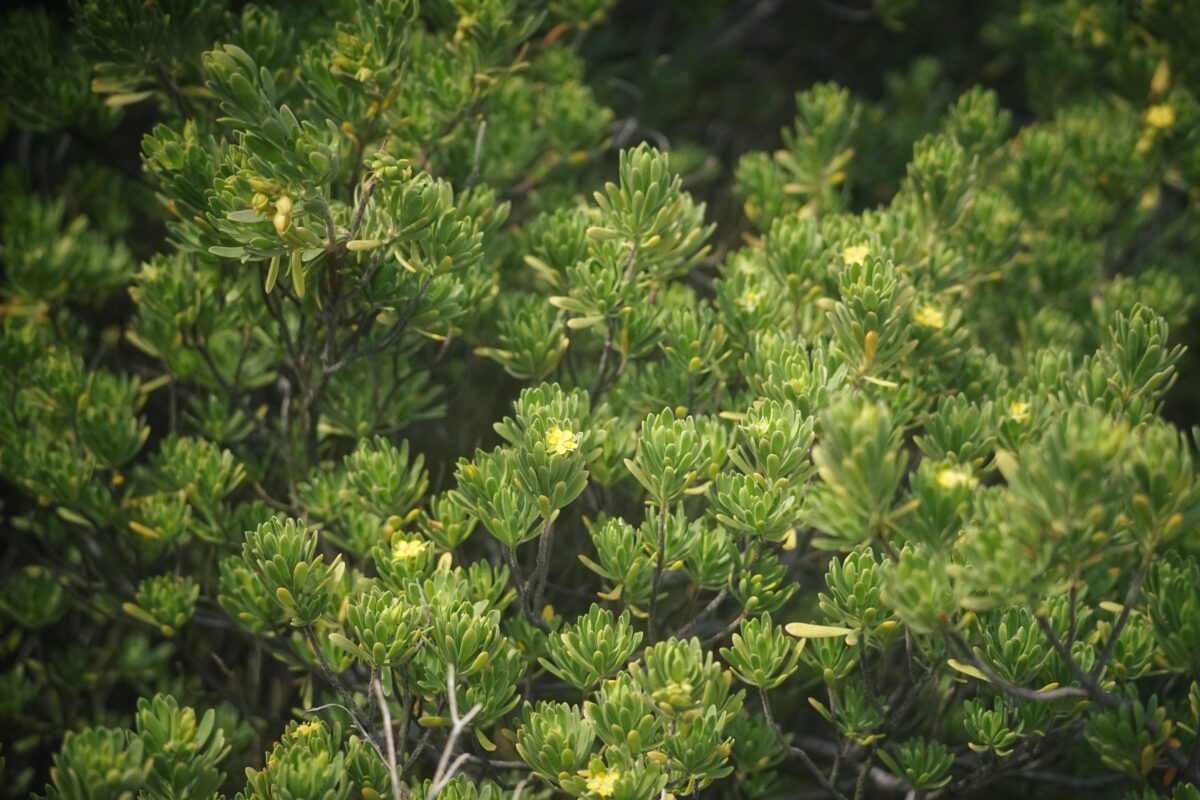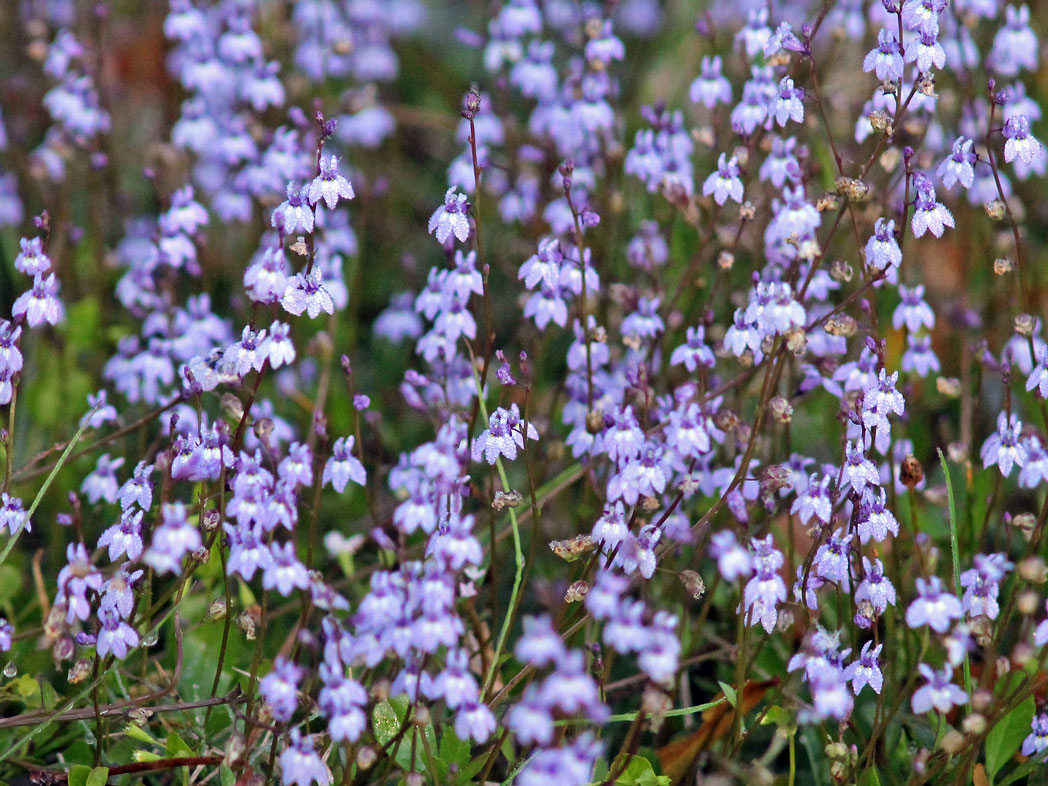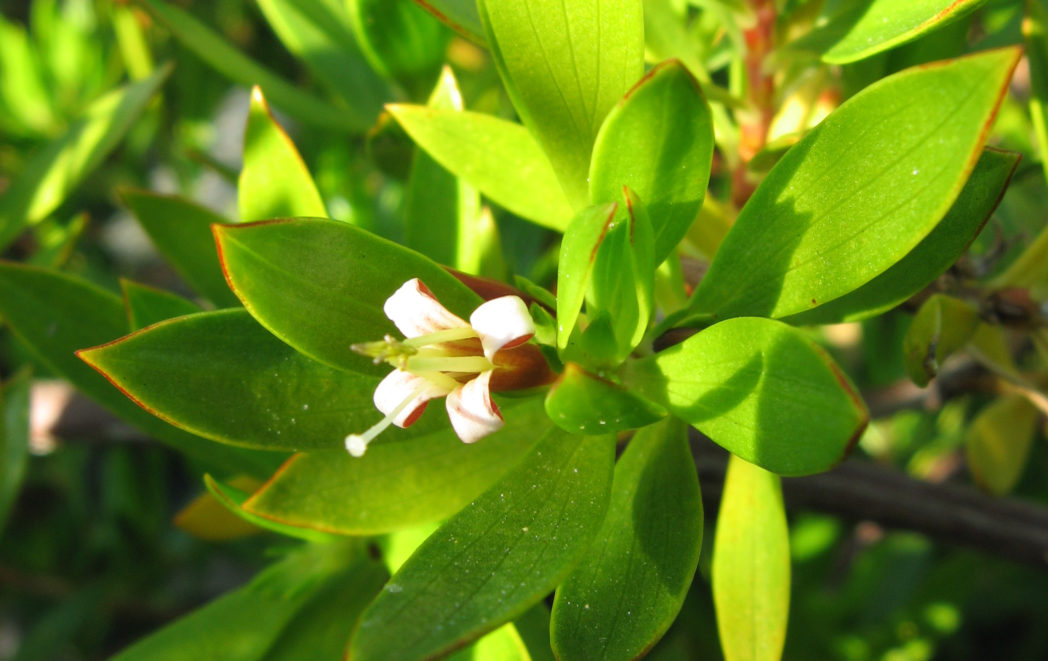Adam’s needle
Adam’s needle (Yucca filamentosa) is a low-growing evergreen shrub found in scrub, sandhills, flatwoods and coastal dunes throughout much of Florida. As a landscape plant, it provides interest with its unique swordlike leaves and striking flowers.
Alligatorflag
Alligatorflag (Thalia geniculata) occurs naturally in wetland depressions and cypress sloughs, and along the edges of marshes, swamps and wet ditches. It typically blooms summer through fall.
Alligatorlily
Alligatorlily (Hymenocallis palmeri) is a perennial wildflower endemic to cypress swamps, marshes, wet prairies, savannas and moist open flatwoods in Florida’s central and southern peninsula.
American beautyberry
American beautyberry (Callicarpa americana) is a woody shrub found in pinelands and hammocks throughout Florida. Its flowers are a nectar source for pollinators, while the numerous berries provide food for birds in late summer and fall.
American bluehearts
American bluehearts (Buchnera americana) is a perennial wildflower with bright violet to almost white blooms that attract bees and butterflies. Its tiny seed capsules are eaten by birds.
American lotus
American lotus (Nelumbo lutea) is an aquatic wildflower. Its fragrant, pale yellow flower is one of the largest blooms of any flowering plant in America.
American pokeweed
Pokeweed (Phytolacca americana) is an interesting native plant with quite a history! Found throughout Florida, it grows in woodlands and disturbed sites. The plant has significant wildlife value for pollinators and birds alike.
American white waterlily
American white waterlily (Nymphaea odorata) is a floating aquatic plant. Its large, solitary, fragrant white flowers bloom spring through fall in swamps, marshes, slow-moving streams and shallow lakes, ponds and ditches. The flowers are attractive to butterflies, but they are pollinated primarily by beetles. The plant is also known as Fragrant waterlily.
American witch-hazel
There is little more whimsical than happening upon a fully blooming American witch-hazel on a late fall or early winter walk through the forest! This deciduous inhabitant of the understory is unusual in that when most other trees or shrubs are bearing fruit or seed, it is flowering. It can be found in mesic forests, hammocks and floodplains throughout eastern North America.
Arrowhead
Arrowhead (Sagittaria spp.) is an emergent aquatic wildflower that typically blooms spring through fall. The flowers attract a variety of pollinators. The fruits are eaten by birds and other wildlife.
Ashe’s calamint
Ashe’s calamint (Calamintha ashei) is a state-threatened shrub that typically blooms in spring but can bloom as early as January and as late as summer or early fall.
Atlantic St. John’s wort
Atlantic St. John’s wort (Hypericum tenuifolium) occurs in scrub, pine flatwoods, sandhills and coastal swales. Its many golden flowers bloom in the summer, attracting a host of native bees and other pollinators.
Axilflower
Axilflower (Mecardonia acuminata) is a common but often overlooked perennial wildflower found in moist open habitats. The plant rarely reaches a height of more than 6 inches and is frequently horizontal. It blooms spring through fall (sometimes year-round) and attracts mainly bees. Three subspecies occur in Florida.
Azure blue sage
Azure blue sage (Salvia azurea) occurs naturally in flatwoods and sandhills. Its striking cerulean flowers bloom August through November, attracting a variety of bees, butterflies and even hummingbirds.
Baldwin’s eryngo
Baldwin’s eryngo (Eryngium baldwinii) has tiny flowers that are often overlooked. But it can form a large sprawling groundcover, providing a hazy, light blue understory to other wildflowers.
Baldwin’s milkwort
Baldwin’s milkwort (Senega balduinii) is one of only a few white milkworts found in Florida. It blooms spring through fall and grows in wet pine flatwoods, marshes and coastal swales.
Bandanna-of-the-Everglades
Also known as Golden canna or Yellow canna, Bandanna-of-the-Everglades (Canna flaccida) is a robust aquatic wildflower with large, showy orchid-like blooms that occurs naturally in freshwater marshes and swamps, and along pond and lake margins.
Barbara’s buttons
No one knows who Barbara is, but we can surely admire her buttons! Barbara’s buttons (Marshallia graminifolia) is a fragrant wildflower with showy blooms that have a tassled, button-like appearance.
Bartram’s rosegentian
Bartram’s rosegentian (Sabatia decandra) is a dazzling pink wildflower found in wet pinelands, freshwater marshes, pond margins and wet ditches. It blooms late spring into late summer or early fall.
Bartram’s ixia
Bartram’s ixia (Calydorea caelestina) is a rare state-endangered wildflower endemic to only a small area of northeast Florida.
Bay bean
Also known as Seaside bean, beach bean, coastal jackbean and Mackenzie bean, Bay bean (Canavalia rosea) is a sprawling, mat-forming vine. It occurs naturally in coastal strands and on dunes where it helps control erosion by stabilizing the sand. It blooms year-round, peaking in summer and fall. The flowers attract a variety of insects, but are primarily pollinated by bees.
Bay cedar
Bay cedar (Suriana maritima) makes a wonderful hedge or specimen plant for coastal landscapes in Central and Southern Florida. It is evergreen, flowers year-round and is highly resistant to salt spray and hurricane force winds.
Bay lobelia
Bay lobelia (Lobelia feayana) is a dainty endemic perennial commonly seen on moist roadsides. It typically blooms in January through early spring, but can bloom year-round.
Beach creeper
Beach creeper (Ernodea littoralis) is an evergreen low-growing, mat-forming shrub found on dunes, beaches and coastal hammock edges throughout Central and South Florida.

